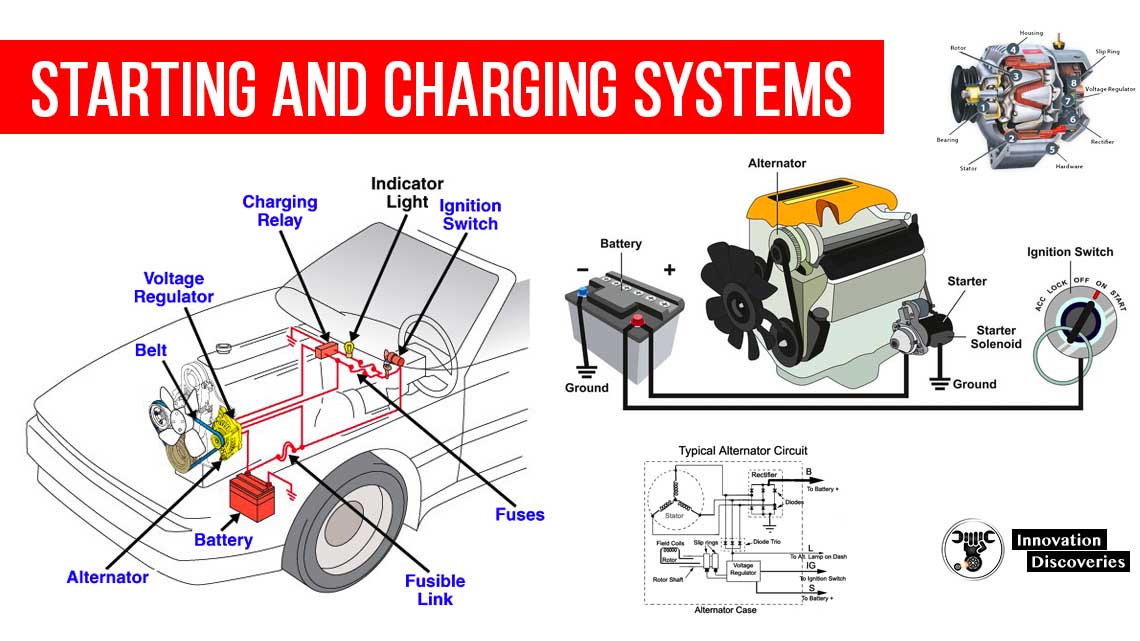
What is a starter?
Car starters are electrical motors in charge of starting your vehicle’s engine. To work, the starter receives a tremendous amount of electricity from the battery.
Read: STARTING SYSTEM: COMPONENTS AND WORKING PRINCIPLES
When you turn your key in the ignition, the battery sends an electrical current to the starter solenoid, which is located on the starter motor, and then the starter solenoid powers the starter.
When the starter receives the electrical current from the battery, a small gear extends out of the starter and engages the vehicle’s flywheel.
The small gear will begin to turn the flywheel, and then the flywheel turns the crankshaft, which powers the engine.
Once the engine starts, the small gear from the starter will disengage from the flywheel and will retract back into the starter.
Read: HOW THE STARTING SYSTEM WORKS
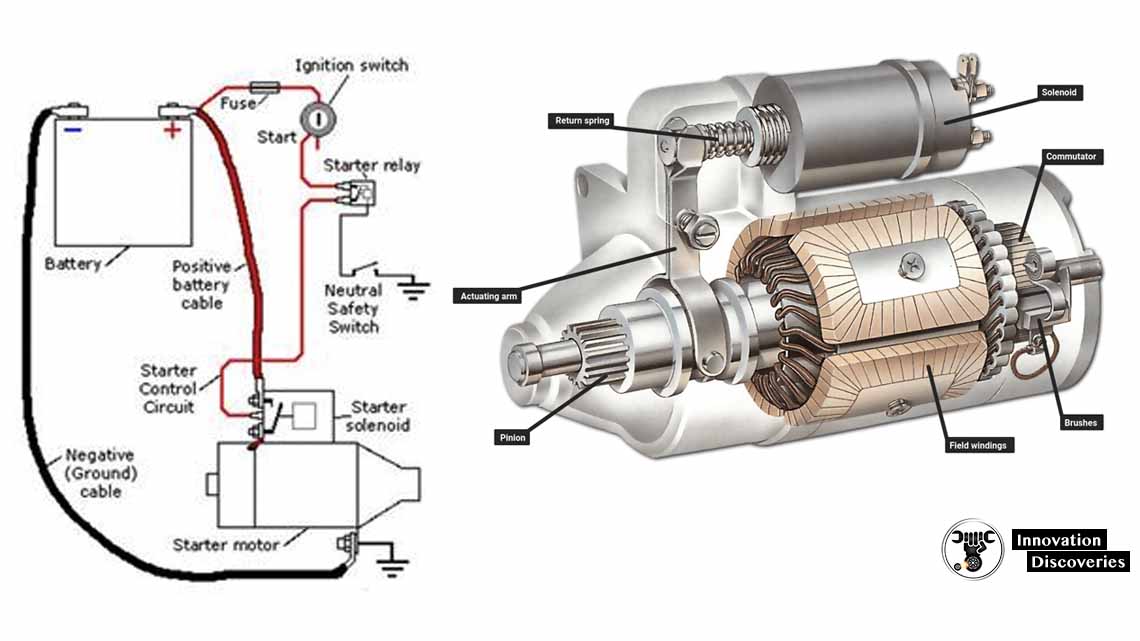
Read: COMMON FAULTS IN THE 6-SPEED DSG TRANSMISSION
Why should you replace your starter?
If the starter ever fails, your engine will never start and your vehicle will be inoperable.
STARTING SYSTEM: COMPONENTS AND WORKING PRINCIPLES
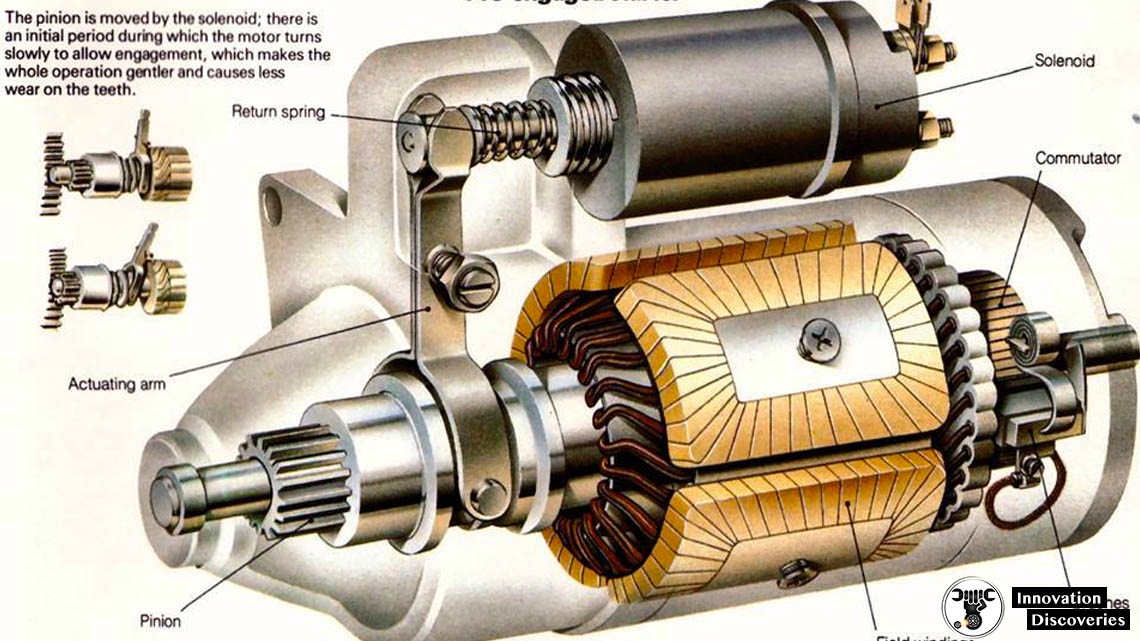
When should you replace your starter?
If you turn your key in the ignition and nothing happens or the starter clicks momentarily or cranks very slowly, then you have a problem with your starting system.
However, diagnosing what is causing these problems is often difficult.
So, if you experience a problem with your vehicle not starting, remove your starter and battery and take them to a service technician or an auto parts store and have them tested.
If the starter fails the tests, it will be necessary to replace your starter.
Read More:
- 6 MOST COMMON CRANKSHAFT POSITION SENSOR SYMPTOMS
- DIFFERENCE BETWEEN CRANKSHAFT AND CAMSHAFT
- THE FUNCTION OF TIMING BELTS
- VALVE MECHANISM CONSTRUCTION
- CRANK MECHANISM CONSTRUCTION
- ENGINE WATER PUMP CONSTRUCTION
How do the starting and charging systems work?
Your vehicle’s starting system consists of two parts:
- Electric starter motor
- Starter solenoid
Turning your key in the ignition triggers the starting system by sending power from the battery to the starter solenoid.
The starter solenoid then activates the starter motor, which spins the engine a few times to turn it on.
Read More:
- USEFUL TIPS FOR EXTENDING LIFESPAN OF STARTER MOTOR
- CENTRIFUGAL CLUTCH – WORKING PRINCIPLE, MAIN PARTS ADVANTAGES AND DISADVANTAGES
- HOW TO CHECK A RELAY SWITCH
Charging systems deliver electrical energy to power your vehicle while it’s running and sustains the battery’s charge.
Your vehicle’s charging system consists of three parts: the battery, the alternator, and the voltage regulator.
The battery supplies the necessary electrical power to start your engine.
SPARK PLUGS AND GLOW PLUGS: WHAT’S THE DIFFERENCE?
The alternator generates the electrical currents to power everything electrical in the car, while the regulator controls the voltage of the currents.
The voltage regulator also makes sure the battery stays fully charged.
When the battery has lost its charge, the voltage regulator will signal the alternator to recharge the battery.
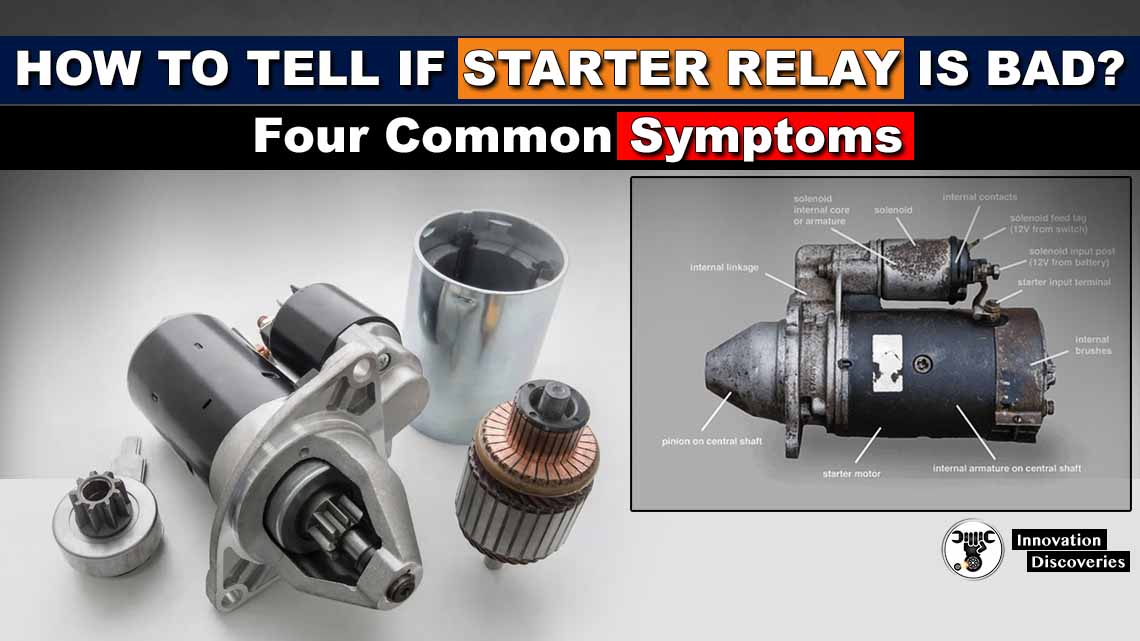
CHECKING AND REPLACING THE STARTER MOTOR
Why have your starting and charging systems checked?
First, if your battery is bad, your vehicle will never be able to start.
The battery is required to send the initial electric power necessary to start your vehicle.
The charging system is also required to maintain the battery’s charge and supply your vehicle with electricity while the car is running.
If the alternator or the voltage regulator malfunctions, it can lead to serious problems with your engine and your vehicle.
It is very important to have your starting and charging systems checked to prevent engine failure.
5 CAUSES OF AN ALTERNATOR NOT CHARGING
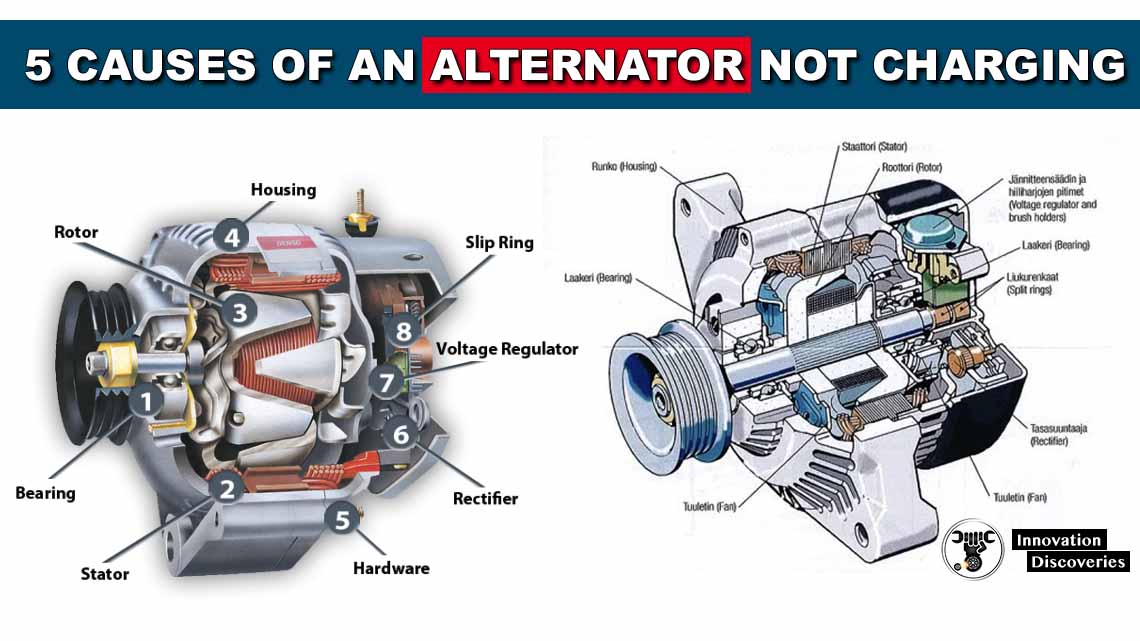
CAR ALTERNATOR FUNCTIONS AND SYMPTOMS OF FAILURE
When should you have your starting and charging systems checked?
If you turn your key in the ignition and nothing happens, your engine doesn’t start, you have a problem with your battery or your starting system.
You will need to have your battery jumped and have your starting system checked. Another sign of a weak battery or starting and charging system is dim headlights.
Read More:
If your headlights are not bright, you should check the voltage of your battery.
Read:
- AIMING HEADLIGHTS: HOW TO GET THE PROPER ALIGNMENT
- 6 KILLER TIPS FOR CAR HEADLIGHT REPAIR AND INSTALLATION
Every 3 months or 3,000 miles you should have your battery checked.
Also, whenever you are having your battery checked or replaced, always check your starting and charging systems to ensure they are working properly.
Read More About ALTERNATOR:
- 5 SIGNS OF A BAD ALTERNATOR
- CAR BATTERY OR ALTERNATOR: WHICH ONE IS THE CULPRIT BEHIND A DEAD CAR?
- MOST COMMON LOOSE ALTERNATOR BELT SYMPTOMS
Visit Forum
Visit Our Friendly Website


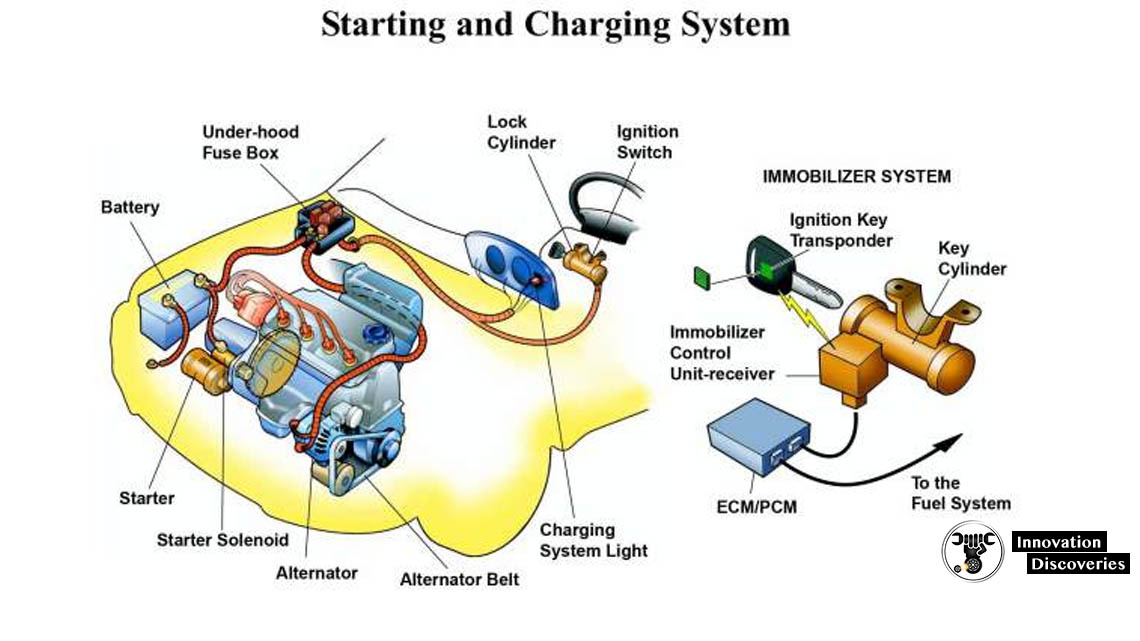
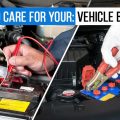
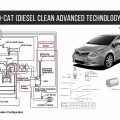
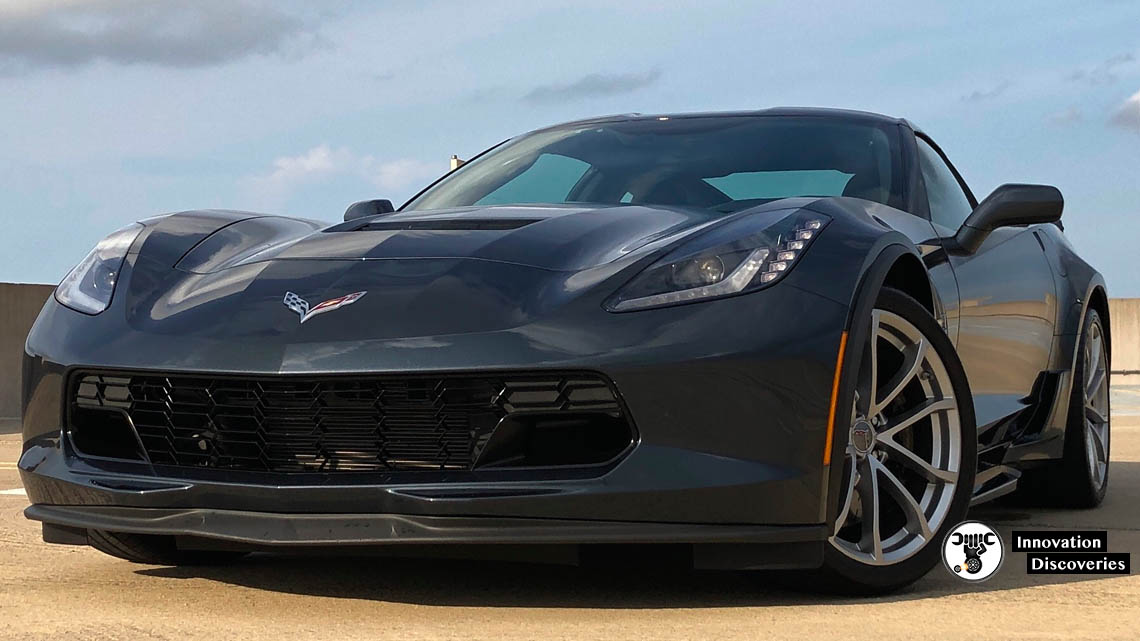
One Comment